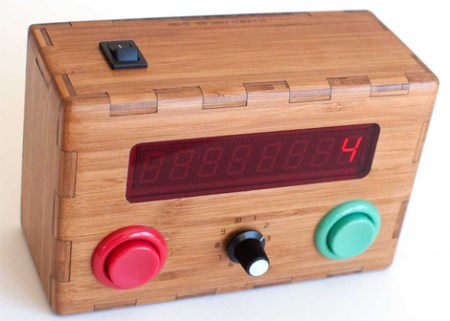It’s that time of year again when production in Shenzhen grinds to a halt. Lunar New Year has kicked off the annual month-long Spring Festival, and the whole country has taken time off to be with family and celebrate. One tradition of Spring Festival is that everyone gives each other red envelopes with various amounts of money in them called hongbao. The point of this ‘lucky money’ is to spread good fortune in the new year, and it’s easy to amass a whole pile of hongbao by the end of the festival.
[Makerming] made this lovely counting box for anyone looking to keep track of their hongbao in style. It probably goes without saying that this would make an awesome mailbox for Valentines (or anything else that fits in the slot), but there you go. The circuit is pretty simple thanks to a Grove connector shield meant for Arduinos. An IR break-beam module detects the incoming envelope, and the Uno increments the count on the display. The wiggly, servo-driven example hongbao on top are there to add to the fun.
We love the laser-cut decoration on the front, which is an homage to the intricate paper cut decorations. If you don’t like that one, [Makerming] included design files for several other options. Watch it wiggle after the break!
If you won’t be looking to collect valentines because you’ve already found that special someone, give them something that lasts longer than chocolate or roses.













